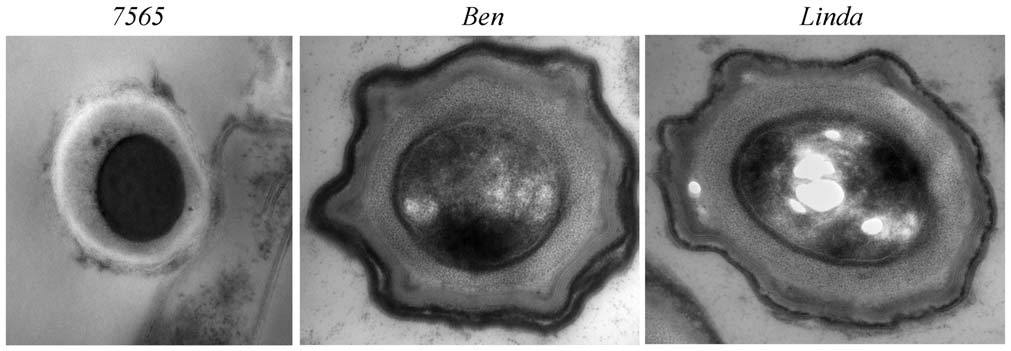Researchers at the University of Minnesota unequivocally demonstrated that MAP produces spores (also called endospores because they are generated inside a bacterial cell). Bacterial spores are commonly produced by bacteria in the genus Bacillus, e.g. the cause of anthrax, Bacillus anthracis, and in the genus Clostridium which includes the causes of many infamous bacterial disease such as botulism (C. botulinum), tetanus (C. tetani), and gas gangrene (C. perfringens). All these bacterial pathogens form spores in order to survive harsh environmental conditions while waiting for suitable growth conditions, such as when they infect humans or animals. When growth conditions are suitable, the spores germinate much like a plant seed and the bacterial begin replicating.

Proof that MAP produce spores included electron microscopic pictures of spores (compared to Bacillus controls), identification of genes similar to those involved in spore formation in other bacteria, and chemical analysis of the spores finding dipicolinic acid (DPA; pyridine-2,6 dicarboxylic acid), a chemical commonly found in spores. Lamont et al. also showed that MAP spores were infective, i.e., they readily invaded bovine macrophages, germinated, and then developed into acid-fast bacilli.
Interested readers obtain this seminal Open Access publication:
Lamont EA, Bannantine JP, Armien A, Ariyakumar DS, Sreevatsan S. 2012. Identification and characterization of a Spore-Like Morphotype in Chronically Starved Mycobacterium avium Subsp. Paratuberculosis Cultures. PLoS ONE 7(1): e30648. doi:10.1371/journal.pone.0030648
